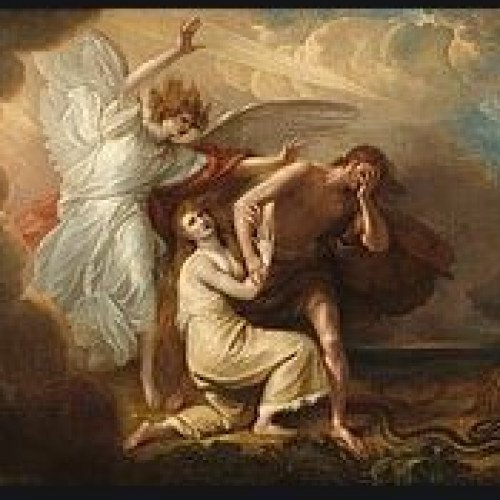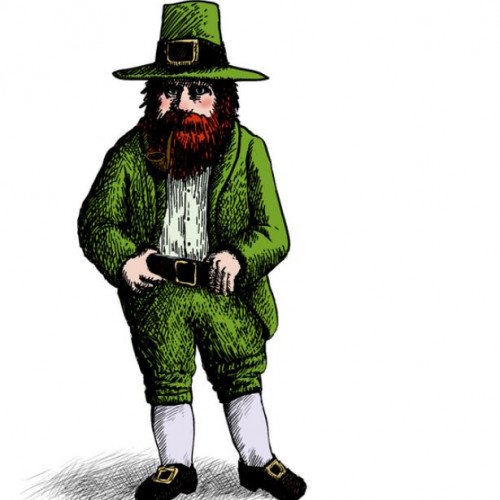Jewish mythology VS Leprechaun

Jewish mythology
Jewish mythology is a major literary element of the body of folklore found in the sacred texts and in traditional narratives that help explain and symbolize Jewish culture and Judaism. Elements of Jewish mythology have had a profound influence on Christian mythology and on Islamic mythology, as well as on world culture in general. Christian mythology directly inherited many of the narratives from the Jewish people, sharing in common the narratives from the Old Testament. Islamic mythology also shares many of the same stories; for instance, a creation-account spaced out over six periods, the legend of Abraham, the stories of Moses and the Israelites, and many more.
Statistics for this Xoptio

Leprechaun
A leprechaun (Irish: leipreachán/luchorpán) is a diminutive supernatural being in Irish folklore, classed by some as a type of solitary fairy. They are usually depicted as little bearded men, wearing a coat and hat, who partake in mischief. In later times, they have been depicted as shoe-makers who have a hidden pot of gold at the end of the rainbow. Leprechaun-like creatures rarely appear in Irish mythology and only became prominent in later folklore.